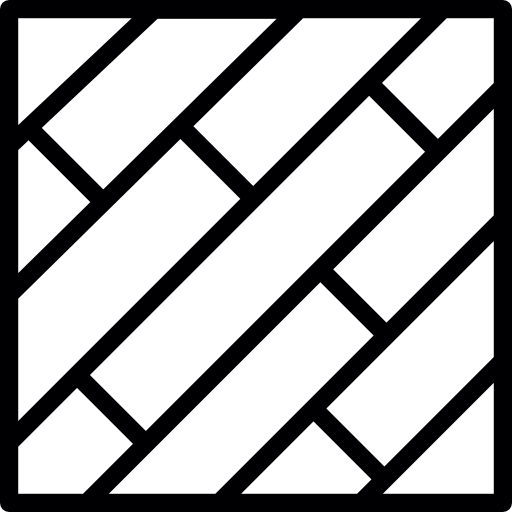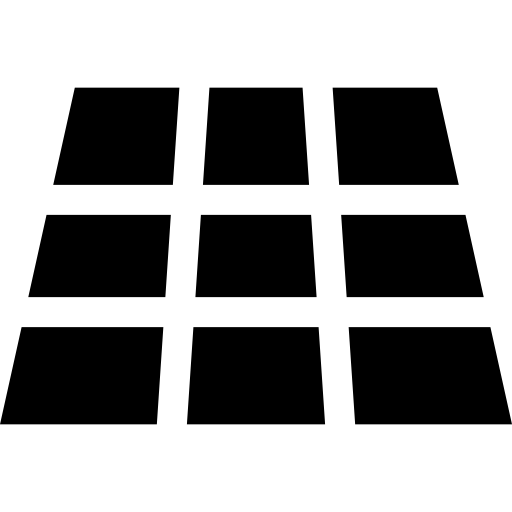Flooring Cuts and Hardness
.gif)
The angle at which a board is cut determines how the finished product looks. Wood flooring is either plainsawn, quartersawn or riftsawn.Quartersawn flooring is a most ideal choice for installations over radiant floor heating, as recommended by the National Wood Flooring Association.
Riftsawn
Riftsawn is similar to quartersawn, but the cut is made at a slightly different angle.
The hardest wood flooring on this Janka list is not necessarily the best one to purchase. One has to make a decision based on how forgiving a wood flooring is and whether or not it will perform well in the climate you live in.
Quartersawn
Quartersawing produces less board feet per log than plainsawing and is therefore is more expensive. The log is first cut into quarters and then sawn perpendicular to the growth rings. Quartersawn wood twists and cups less, wears more evenly and is more stable. When quartersawn flooring is introduced to changing climates and humidity, the wood expands and contracts vertically instead of horizontal.
.jpg)
The flooring will tend to expand and contract more across the width of the boards.
Plainsawn
Plainsawn is the most common and least expensive method of wood flooring cuts. Plainsawn contains more variation than the other two cuts because grain patterns resulting from the growth rings are more obvious. This is the most economical method because it creates the widest boards with the least amount of waste. Plainsawn is less dimensionally stable.
.jpg)
The Janka (or side) hardness test measures the force required to embed a .444 inch steel ball to half its diameter in wood. This is one of the best measures of the ability of wood species to withstand denting and wear. It is also a good indicator of how hard a species is to saw or nail.
.gif)
The higher the number the harder the wood
Douglas Fir: 660So. Yellow Pine: 690
So. Yellow Pine Long Leaf: 870
Black Cherry: 950
Teak: 1000
Black Walnut: 1010
Heart Pine: 1235
Iroko Kambala: 1260
Yellow Birch: 1260
Red Oak Northern: 1290
American Beech: 1300
Ash: 1300
White Oak: 1360
Australian Cypress: 1375
Hard Maple: 1450
Brazilian Maple: 1500
Zebrawood: 1575
Wenge: 1630
Kempas: 1710
African Pedauk: 1725
Bamboo: 1800
Hickory Pecan: 1820
Purpleheart: 1860
Jarrah: 1910
Merbau: 1925
Sydney Blue: 2023
Brushbox: 2135
Tigerwood: 2160
Santos Mahogany: 2200
Mesquite: 2345
Brazilian CherrY: 2350
Spotted Gum: 2473
Bloomwood: 2900
Tiete Rosewood: 3200
Brazilian Teak: 3540
Brazilian Walnut: 3620








